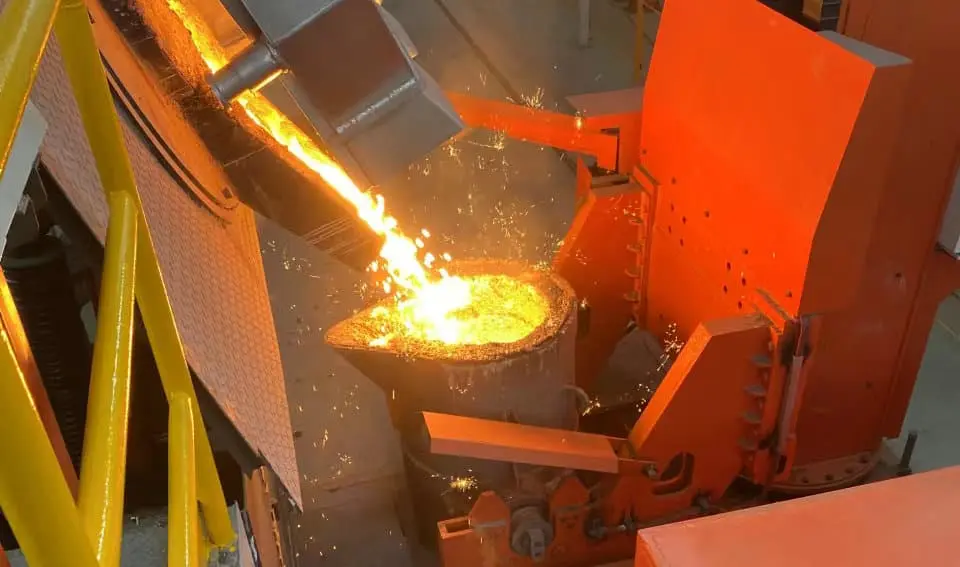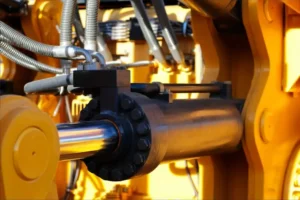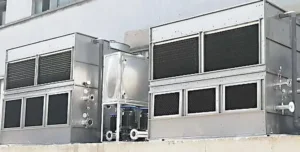Induction melting furnaces are mainly divided into two types: cored and coreless. Among them, coreless induction melting furnaces dominate the applications in the world today.
The structure of a coreless induction furnace includes key components such as the furnace body, furnace frame, tilting mechanism, water cooling system, and electrical equipment.
According to the different frequency of the current used, induction furnaces are divided into power frequency coreless induction melting furnaces -50Hz, medium frequency coreless induction melting furnaces > 50 ~ 10000Hz and high frequency coreless induction melting furnaces > 10000Hz.

Heating principle of coreless induction melting furnace
Coreless induction melting furnaces work on the principle of electromagnetic induction. The spiral induction coil of the crucible is equivalent to the primary winding of the transformer, and the metal charge in the crucible is equivalent to the secondary winding of the transformer. When the induction coil passes an alternating current, the action of the alternating magnetic field causes the short-circuited metal charge in the crucible to generate a powerful The induced current flows to overcome the resistance of the surface layer of the metal charge to generate heat and melt the metal.
The characteristics of this melting furnace are the surface effect and stirring effect of electromagnetic force. The surface effect depends on the frequency of the induced current. The higher the frequency of the current, the more significant the surface effect. The shallower the heat penetration depth on the surface of the metal charge, which means that the diameter of the metal charge should not be too large, which reduces the electrical efficiency. This is why high-frequency induction furnaces do not have a Large root cause. The electromagnetic force is reflected in the fact that after the metal charge is melted to form a molten pool, the liquid metal is strongly disturbed by the electromagnetic force, forming a stirring effect and a hump in the direction of movement. During smelting, this stirring effect is conducive to rapid melting of metal, making the temperature and composition in the molten pool more uniform, and is conducive to the operations of deoxidation, degassing, and removal of inclusions.

In China, various induction melting furnaces are produced by professional manufacturers, with a relatively complete range of products that can meet production requirements.
The induction melting furnace is an advanced melting equipment that uses the principle of electromagnetic induction to generate heat inside the melted charge to melt the charge. Therefore, the thermal efficiency is high and the burning loss of alloy elements is small. Due to the electromagnetic stirring effect, the composition of the molten metal is uniform and there is no segregation. Without using coke as a heat source, it is possible to produce special, high-quality cast irons that cannot be produced in cupola furnaces. Induction furnace melting control is easy, operating conditions are good, environmental pollution is small, and noise is low. It is convenient and economical to recycle metal charges (as small as iron filings and as large as the size of the furnace can accommodate), so the use of induction furnaces to smelt cast iron is widely used. There is an increasing trend in the use of induction furnaces to smelt various cast irons.







